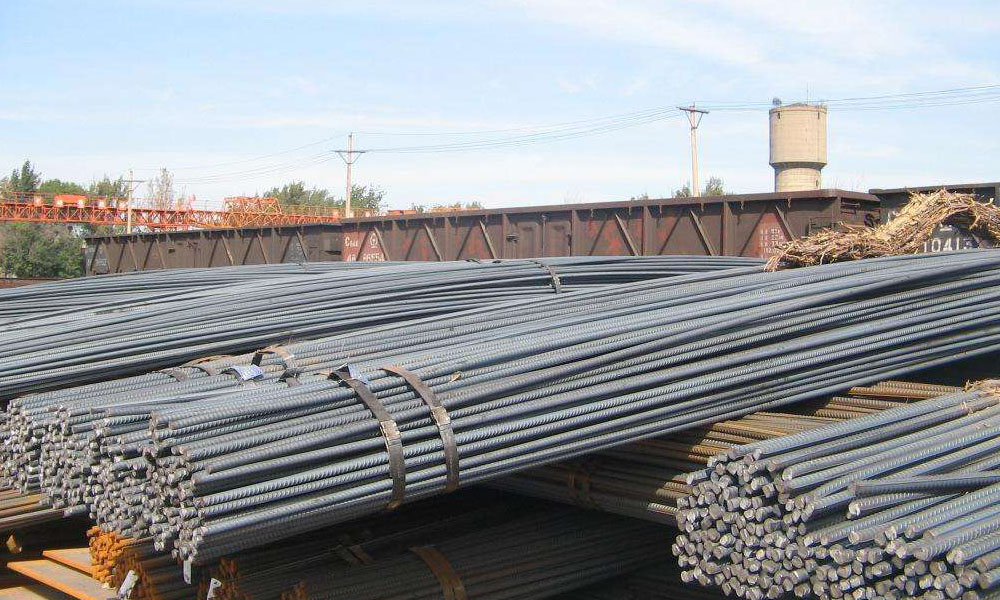Daily output of the five items – comprising rebar, wire rod, medium plate, and hot-rolled, and cold-rolled coils – is expected to rise by 40,000 tonnes/day or 2.3% on month to 1.75 million t/d. This is despite the prospect of production cuts kicking in soon as steelmakers in the country’s north and east begin to restrain operations for this year’s winter clear-air drive beginning around November 15.

The increase represents a much faster pace of growth compared with the actual rise of just 1,000 t/d achieved in October.
Steelmakers in North China’s Shanxi province had been ordered to cut 50% of their operative blast furnace capacity over September 1-October 10 to improve air quality but as those constraints have now been completely lifted, production in the province this month is seen increasing significantly. Survey respondents also observed that this month, most steelmakers in China’s major steel-production regions are choosing to maintain their usual level of operations until their local governments finalize details of winter production curbs and begin ordering the mills to throttle back.
Meanwhile, the rolling capacity utilization rate among all producers canvassed is seen rising by 2.4 percentage points on month to 77.8% for November. By region, the largest gain in daily finished steel output is likely to show in Northeast China, where daily production will rise by 13,000 t/d on month.
“It’s clear that the approach of winter has impacted local demand in Northeast China but many steelmakers there have decided to throw products into the southern China markets where they can also gain good profits, thus ensuring stable production,” a Shanghai-based steel analyst explained.
The responses also suggested that the mills’ export orders this month would climb by 1.5 percentage points from October, but this seems problematic. The current environment surrounding steel exports is tough, as the large gap between domestic steel prices and the prices the mills can win in overseas markets is discouraging exports.
Last month, daily output of the five steel products among the surveyed mills remained essentially stable, with the 1,000 t/d on-month gain taking the total to 1.7 million t/d. The rolling capacity utilization rate among the surveyed mills also picked up 0.1 percentage point on month to 75.4%. That said, last month’s actual daily output of the five products created a new high for the year and boosted the ten-month total by 4.1% on year.
But export orders last month slumped by nearly 7% on month and resulted in a 31% plunge on year during the January-October period, the survey showed.
As of November 2, stocks for the five products being held by steel mills had declined for four straight weeks, with the total falling by 880,700 tonnes or 17.7% to reach 4.1 million tonnes.